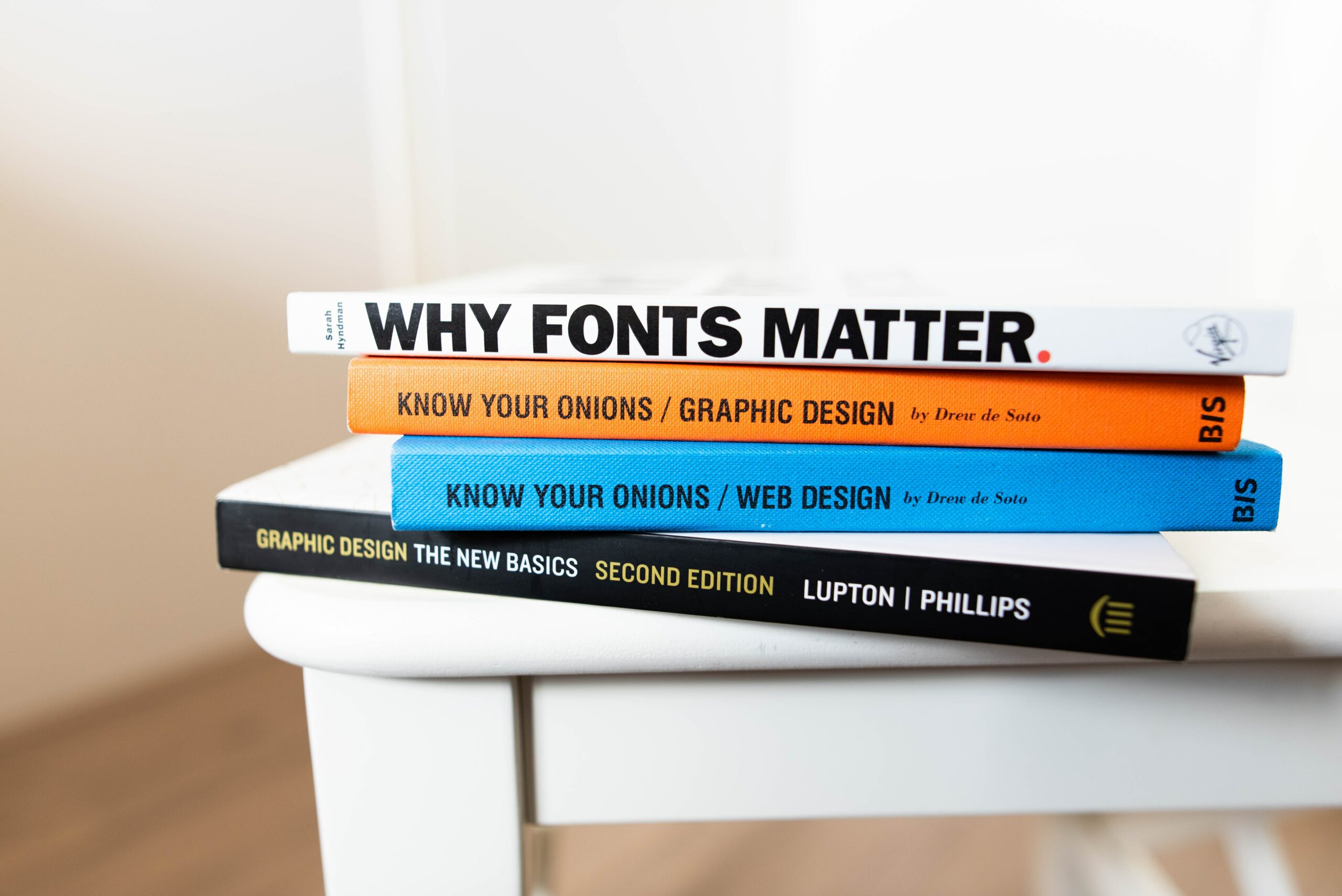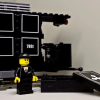01. Brand Identity Design

The guide created by Alina Wheeler for Brand Identity design, is a design classic and relevant to a modern audience (it is frequently revised). This latest version includes extensive coverage of the synergy between social media channels, crowdsourcing, SEO, experience branding, mobile devices, wayfinding, and positioning.
The book is divided into three sections: brand fundamentals, process fundamentals, and case studies. And it provides in-depth guidance for both designers and entire branding teams, guiding you through a universal five-step process for brand development and implementation.
You don't have to take our word for it. Just listen to Pentagram partner and design guru Paula Scher, who says, "Alina Wheeler explains better than anyone else what identity design is and how it works." And with a foreword by Design Matters podcast host Debbie Millman, you know you're in good hands.
02. Thinking with type: A Guide for Designers, Writers, Editors, and Students
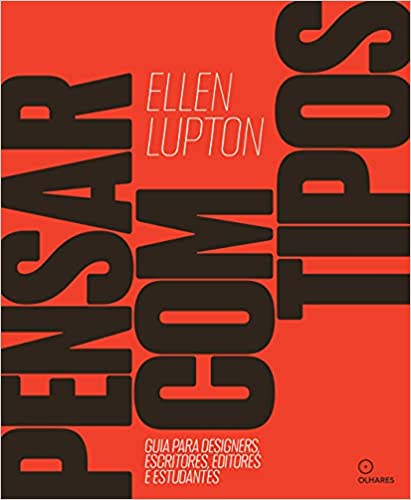
This is not a book about type. It is a book about how to use them. This book tries to help us think with typography. Typography is a tool with which we can give a physical body to language, give a concrete form to content and facilitate the social flow of messages. This work is aimed at readers and writers, designers and editors, teachers and students whose work is related to the unpredictable life of the written word. From the rigidity imposed by working with physical movable type, made of metal or wood, to the flexibility offered by the digital medium, text has evolved from a closed and stable body to a fluid and open ecosystem whose attributes of granularity, color, density, and contour can be infinitely adjusted. Thinking with Type addresses the cultural and theoretical issues that fuel typographic design. The book is divided into three sections: letter, text, and diagram. Starting from the basic unit that is the letter, it addresses the particularities of organizing words into coherent text bodies and flexible systems. The included project examples and practical exercises explain how typography can be structured and why it is structured in such a way, with the intention of revealing the functional and cultural bases embedded in design conventions. Thinking with Type is an invaluable resource for anyone who has ever had to traverse the abysmal territory of the blank page and been besieged by questions such as what font to use?, what size?, how to compose, align and space all those letters, words and paragraphs? A guide that teaches us how to navigate imaginatively within the set of typographical rules and guides us on when it is convenient to break them
03. How to do a great job without being a jerk
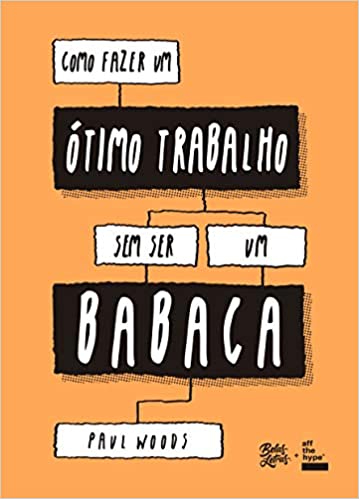
Big agency culture matters. If the goal is to do great work, it matters. If you want to attract the best employees, it matters.
In many advertising and marketing agencies, there is a perverse culture that long hours of work without rest is the normal and only price one pays for producing excellent results. Not to mention insane deadlines and egomaniacal colleagues. The problem is that this toxic culture is the enemy of creativity, and with greater accountability and transparency in the industry - and more options for young talent - this unsustainable way of doing business is a ticking time bomb. Having worked in agencies in Europe and the United States, Paul Woods teaches in a humorous way that it is possible to have high performance, hard work, and a happy team at the same time. With flowcharts, self-analysis exercises, productivity tips, scope planning, and based on the agile methodology, Woods shows that working late nights and weekends should be the exception, not the rule, and that being nice is a great business. After all, your job is to grow your team, not your ego.
This book is for whom: ? Has an asshole boss and wants to laugh a little; ? Are a jerk and have just realized it; ? Still don't know they're an asshole and need someone to tell them; ? ? work in the creative industry (especially in communication, design and advertising agencies) and want to improve the atmosphere and culture of the company.
04. How to be a graphic designer without selling your soul
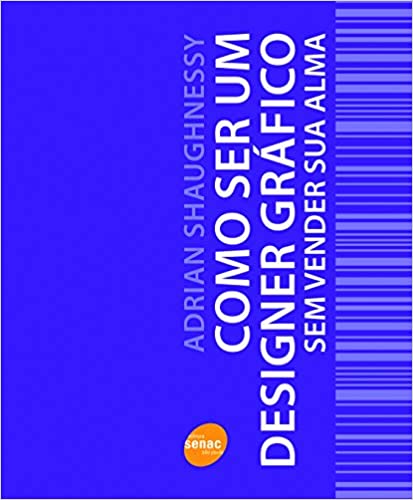
This book covers points that are often left out of graphic design books: the search for an internship and how to behave during job interviews; the advantages and pitfalls of being a freelancer; the information that is indispensable when setting up a studio - from the choice of location and name to the search for professionals in harmony with the company's philosophy; prospecting for clients and the difficult art of relating to them. The book also includes interviews with renowned professionals.
05. Thoughts on design
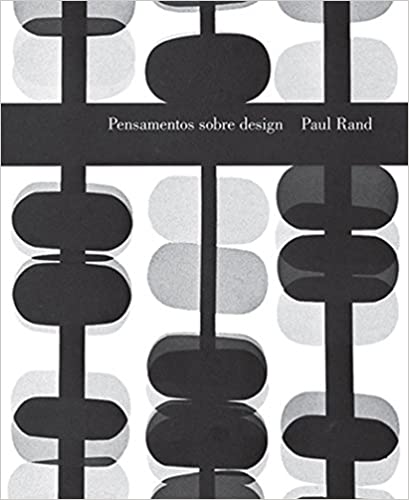
One of the seminal texts on graphic design, Paul Rand's Thoughts on Design, written at the height of his career, articulated in a compact volume (96 pages, most of them with reproductions of Rand's work) the pioneering view that all design must integrate form and function. Written in 1947 and revised in 1970 by the author, the book remains as relevant as when it was first published. It is a classic treatise, indispensable in every designer's library. The present edition follows the format and design of the original book.

